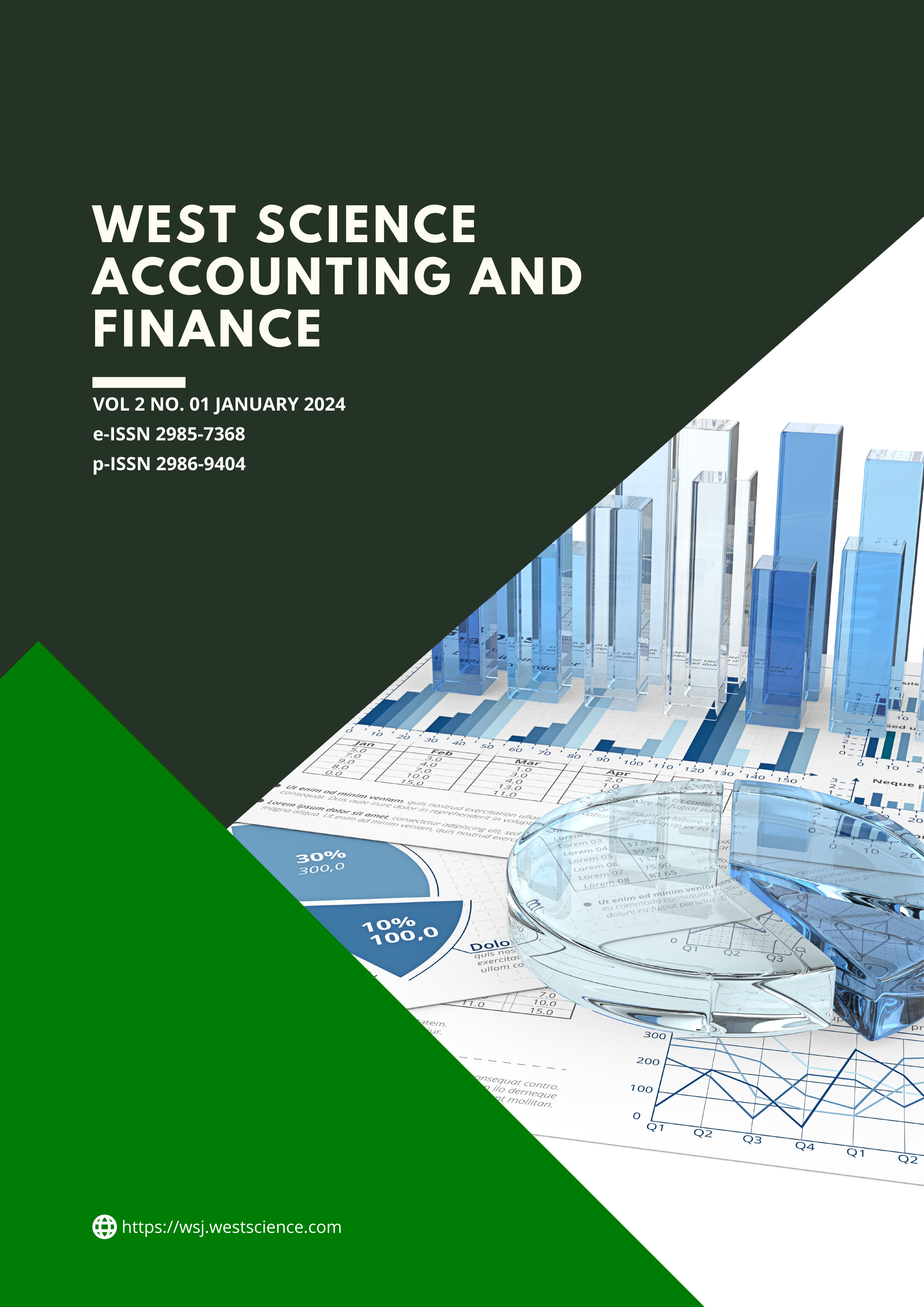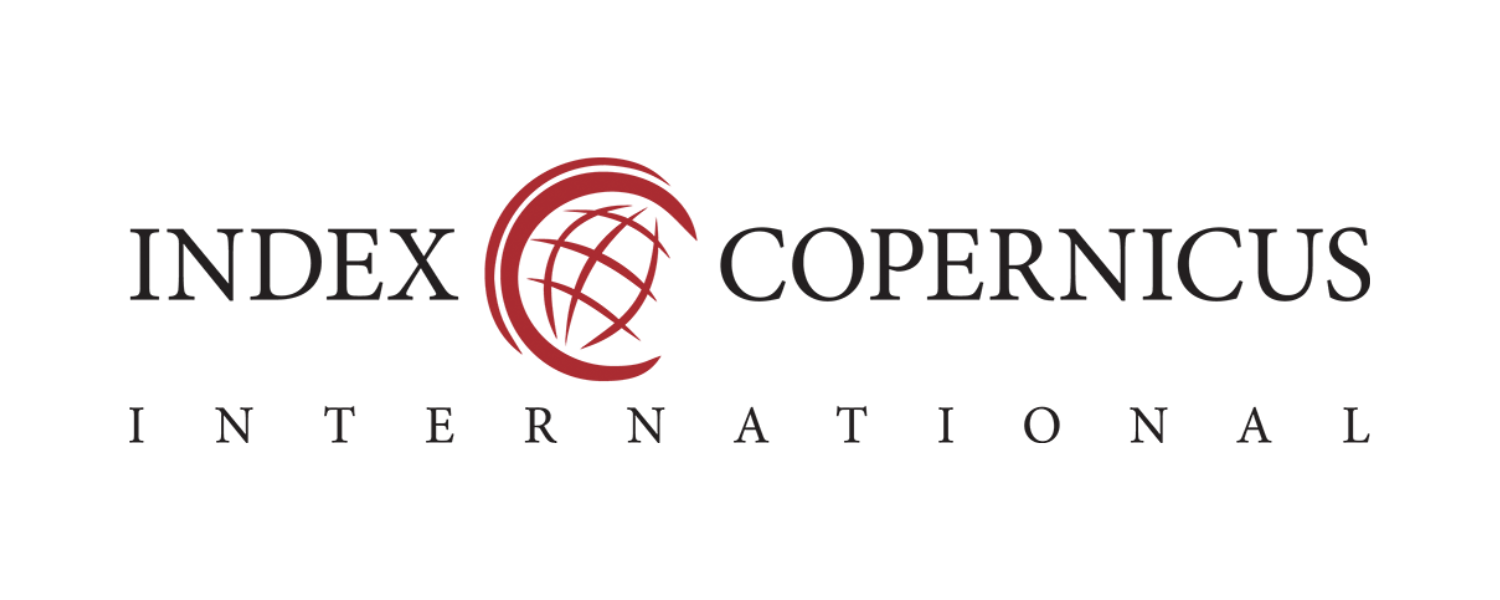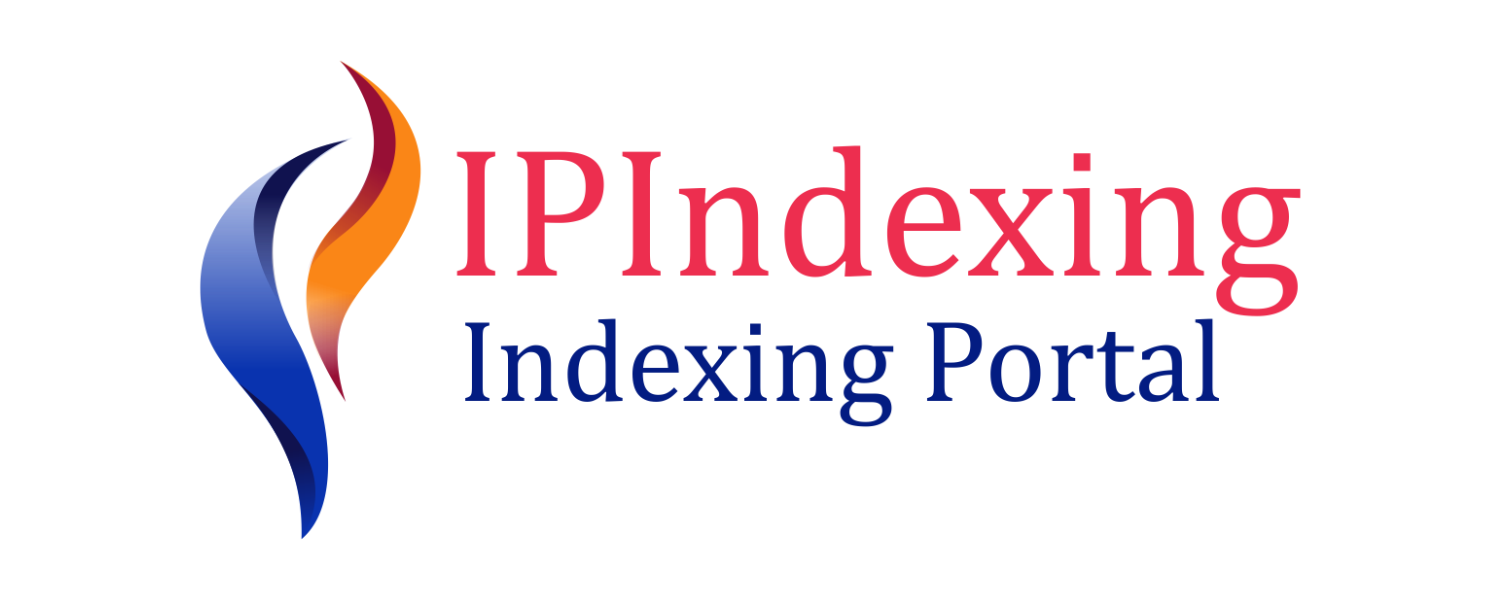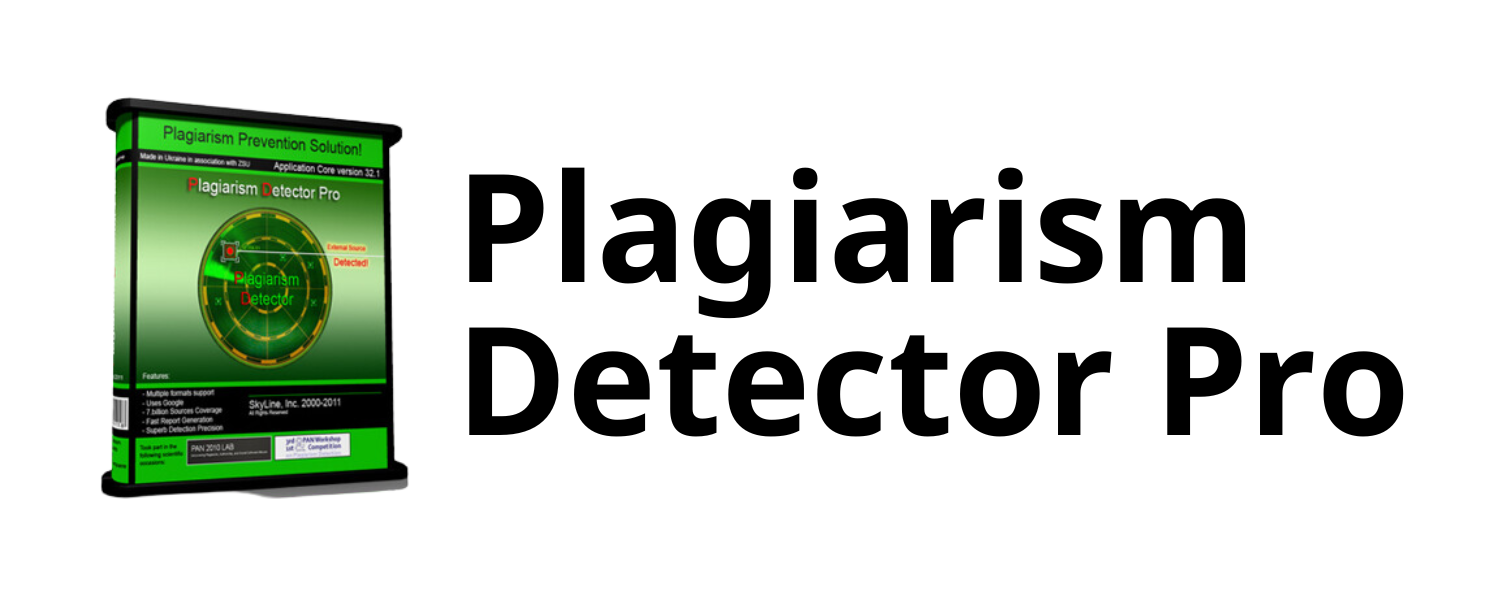The Effect of Diamond Fraud on Financial Statement Fraud With Beneish M-Score on Manufacturing Companies
DOI:
https://doi.org/10.58812/wsaf.v2i01.862Keywords:
Beneish M-Score, Financial Statement Fraud, Financial Target, Ineffective Monitoring, Auditor Change, Board of Directors Change, Audit CommitteeAbstract
This study aims to analyze the effect of fraud diamond proxied by pressure, opportunity, rationalization and capability on the effect of fraud that occurs in the company's financial statements with audit committee moderation. The research method was conducted using quantitative research with 240 samples taken in manufacturing in the 2017-2019 period. The type of data used is secondary data. The data analysis used is the Beneish Ratio Index, which is then included in a model, the Beneish M-Score Model using four methods calculated in the Receivables Index (DSRI), Gross Margin Index (GMI), Asset Quality Index (AQI), Sales Growth Index (SGI). The results of this study indicate that based on the Beneish M-Score, that financial targets affect financial statement fraud, ineffective monitoring has no effect on financial statements, change in auditor has no effect on financial statement fraud, change in director has no effect on financial statement fraud, the audit committee is able to strengthen the effect of financial targets on financial statement fraud, the audit committee is unable to strengthen the effect of ineffective monitoring on financial statement fraud, the audit committee is able to strengthen the effect of change in auditor on financial statement fraud and the audit committee is unable to strengthen the effect of change in director on financial statement fraud.
References
Abdullahi, R., & Mansor, N. (2018). Fraud prevention initiatives in the Nigerian public sector: understanding the relationship of fraud incidences and the elements of fraud triangle theory. Journal of Financial Crime.
AICPA. (2007). AU section 316: Consideration of fraud in a financial statement audit.
Ajija, S. R., Sari, D. W., Setianto, R. H., & Primanti, M. R. (2011). Cara cerdas menguasai Eviews. Jakarta: Salemba Empat.
Albrecht, W.S., Albrecht, C.C, Albrecht C.O. & Zimbelman, M.F. (2011). Asset Misappropriation Research White Paper for The Institute for Fraud Prevention
Annisya, M. (2016). Pendeteksian Fraudulent Financial Statement Dengan Analisis Fraud Diamond (Studi Empiris Perusahaan Jasa Sektor Properti Dan Real Estate Yang Terdaftar Di Bursa Efek Indonesia Tahun 2010-2014).
Aprillia, A., Cicilia, O., & Sergius, R. P. (2015). The effectiveness of fraud triangle on detecting fraudulent financial statement: using beneish model and the case of special companies. Jurnal Riset Akuntansi Dan Keuangan, 3(3), 786-800.
Aprilia, R., Hardi, H., & Al-Azhar, A. (2017). Pengaruh Financial Stability, Personal Financial Need, Ineffective Monitoring, Change in Auditor Dan Change in Director Terhadap Financial Statement Fraud Dalam Perspektif Fraud Diamond (Studi Empiris Pada Perusahaan Manufaktur Yang Terdaftar Di Bursa Efe (Doctoral dissertation, Riau University).
Ardiyani, S., & Utaminingsih, N. S. (2015). Analisis determinan financial statement melalui pendekatan fraud triangle. Accounting Analysis Journal, 4(1).
Arens, A., Best, P., Shailer, G., Fiedler, B., Elder, R., & Beasley, M. (2010). Auditing, Assurance services and ethics in Australia: An integrated approach. Pearson Education Australia.
Eisenhardt, K. M. (1989). Agency theory: An assessment and review. Academy of management review, 14(1), 57-74.
Ghozali, I. (2013). Aplikasi Analisis Multivariente Dengan Program SPSS 21. Semarang: Badan Penerbit Universitas Diponegoro, 100, 125.
Hanifa, S. I., & Laksito, H. (2015). Pengaruh Fraud Indicators Terhadap Fraudulent Financial Statement: Studi Empiris Pada Perusahaan Yang Listed di Bursa Efek Indonesia (BEI) Tahun 2008-2013. Diponegoro Journal of Accounting, 4(4), 411-425.
Institute of Internal Auditors. 2017. International standards for the professional practice of internal auditing, 1–25
Jensen, M. C., & Meckling, W. H. (1976). Theory of the firm: Managerial behavior, agency costs and ownership structure. Journal of financial economics, 3(4), 305-360.
Johnstone-Zehms, K. M., Gramling, A. A., & Rittenberg, L. E. (2015). Auditing: A risk based-approach to conducting a quality audit. Cengage learning.
Manurung, D. T., & Hardika, A. L. (2015). Analysis of factors that influence financial statement fraud in the perspective fraud diamond: Empirical study on banking companies listed on the Indonesia Stock Exchange year 2012 to 2014.
Mardiani, S., Sukarmanto, E., & Maemunah, M. (2017). Pengaruh fraud diamond terhadap pendeteksian financial statement fraud dengan komite audit sebagai variabel moderasi. Prosiding Akuntansi, 3(2), 476-484.
Prasastie, A., & Gamayuni, R. R. (2015). Analisis faktor-faktor yang memengaruhi kecurangan laporan keuangan dengan perspektif fraud diamond (Studi Empiris Pada Perusahaan Lq-45 Yang Terdaftar Di BEI Tahun 2009-2013). Jurnal Akuntansi Dan Keuangan, 20(1), 19.
Prehantika, F. K. I. (2016). Deteksi financial statement fraud dengan model beneish m-score. Jurnal Akuntansi AKUNESA, 5(1).
Reskino, R., & Anshori, M. F. (2016). Model Pendeteksian Kecurangan Laporan Keuangan oleh Auditor Spesialis Industri dengan Analisis Fraud Triangle. Jurnal Akuntansi Multiparadigma, 7(2), 256-269.
Sihombing, K. S., & Rahardjo, S. N. (2014). Analisis fraud diamond dalam mendeteksi financial statement fraud: studi empiris pada perusahaan manufaktur yang terdaftar di Bursa Efek Indonesia (BEI) Tahun 2010-2012 (Doctoral dissertation, Fakultas Ekonomika dan Bisnis).
Skousen, C. J., Smith, K. R., & Wright, C. J. (2009). Detecting and predicting financial statement fraud: The effectiveness of the fraud triangle and SAS No. 99. In Corporate governance and firm performance. Emerald Group Publishing Limited
Sugita, M. (2018). Peran Komite Audit Sebagai Variabel Moderasi Terhadap Hubungan Fraud Diamond dan Pendeteksian Financial Statement Fraud (Studi Empiris pada Perusahaan Manifaktur yang Terdaftar di Bursa Efek Indonesia Tahun 2014-2016). JOM FEB, Faculty of Economics and Business, Riau University, Pekanbaru, Indonesia, 1(1), 430-439.
Tiffani, L., & Marfuah, M. (2015). Deteksi financial statement fraud dengan analisis fraud triangle pada perusahaan manufaktur yang terdaftar di bursa efek Indonesia. Jurnal Akuntansi dan Auditing Indonesia, 19(2), 112-125.
Ujiyantho, M. A., & Pramuka, B. A. (2007). Mekanisme corporate governance, manajemen laba dan kinerja keuangan. Simposium Nasional Akuntansi X, 10(6), 1-26.
Wolfe, D. T., & Hermanson, D. R. (2004). The fraud diamond: Considering the four elements of fraud.
Yulia, Z., Nur, D., & Muhammad, C. M. (2018). Deteksi Financial Statement Fraud Dengan Analisis Fraud Triangle Pada Perusahaan Manufaktur Yang Terdaftar Di BEI. E-Journal Akuntansi, 7(09), 51-64.
Downloads
Published
Issue
Section
License
Copyright (c) 2024 Muhammad Nurfajri, Trinandari Prasetyo Nugrahanti

This work is licensed under a Creative Commons Attribution-ShareAlike 4.0 International License.





















 Instagram
Instagram 